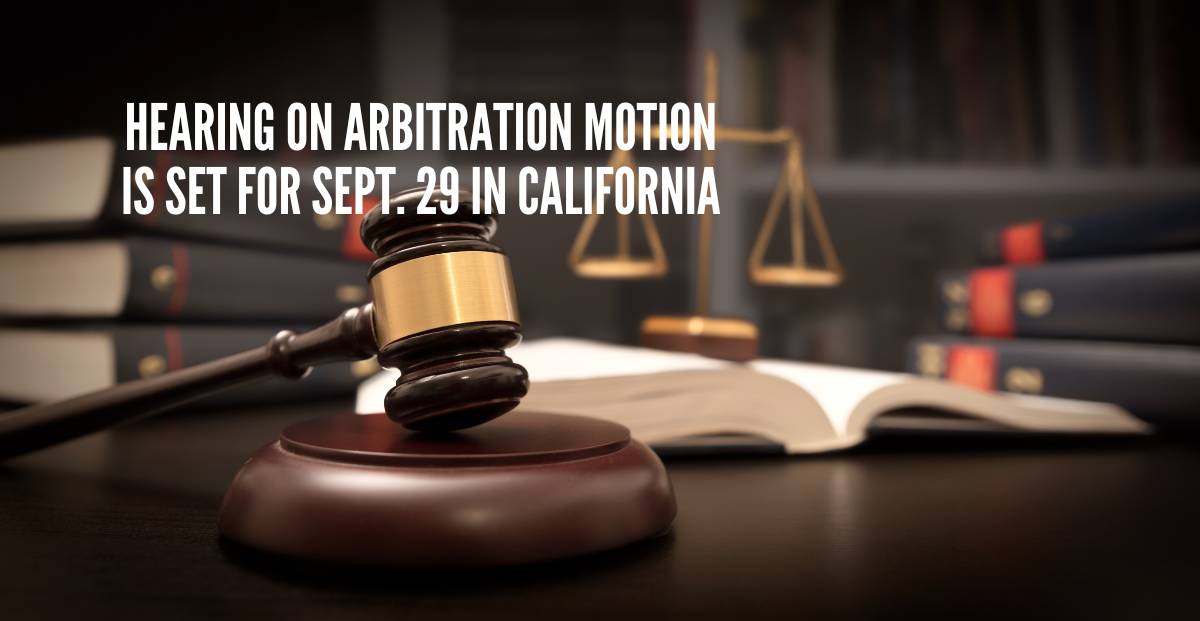Plaintiff’s Response to Defendant’s Motion to Compel Arbitration in California Case
Plaintiff’s Response to Defendant’s Motion to Compel Arbitration in California Case
In the legal realm, disputes between parties are not uncommon. When these disputes escalate to the point of litigation, it is crucial for both the plaintiff and the defendant to understand their rights and obligations. In some cases, one party may attempt to compel arbitration, a process that resolves disputes outside of the traditional court system. This article will delve into the plaintiff’s response to a defendant’s motion to compel arbitration in a California case.
Arbitration is an alternative dispute resolution method where an impartial third party, known as an arbitrator, reviews the evidence and arguments presented by both parties and renders a decision. It is often seen as a more efficient and cost-effective way to resolve disputes compared to traditional litigation. However, it is essential for plaintiffs to carefully consider whether arbitration is the most suitable path for their case.
When a defendant files a motion to compel arbitration, they are essentially requesting that the court dismiss the lawsuit and require the parties to resolve their dispute through arbitration. As the plaintiff, it is crucial to respond to this motion effectively and persuasively. Here are some key points to consider when crafting a response:
1. Validity of the Arbitration Agreement: The plaintiff should thoroughly review the arbitration agreement that the defendant is relying on to compel arbitration. They should scrutinize its terms and conditions, ensuring that it meets the legal requirements for enforceability. If there are any doubts about the validity of the agreement, the plaintiff should argue that it should not be enforced.
2. Unconscionability: If the arbitration agreement contains unfair or one-sided terms that heavily favor the defendant, the plaintiff can argue that it is unconscionable. They should highlight any provisions that limit their rights or impose excessive costs or fees. Demonstrating unconscionability can be a strong argument against compelling arbitration.
3. Waiver of Right to Arbitrate: In some cases, the defendant may have waived their right to compel arbitration by actively participating in litigation or engaging in conduct inconsistent with arbitration. The plaintiff should carefully review the defendant’s actions and argue that they have waived their right to arbitration.
4. Public Policy Considerations: The plaintiff can argue that compelling arbitration in their case would contravene public policy. They can highlight any laws or regulations that protect consumers or employees and argue that these protections would be undermined by arbitration.
5. Discovery and Procedural Limitations: Plaintiffs should emphasize the potential disadvantages of arbitration, such as limited discovery and procedural rules that may favor the defendant. They can argue that these limitations would hinder their ability to present their case effectively and seek a fair resolution.
6. Jurisdictional Issues: If the arbitration agreement specifies a different jurisdiction or venue from the current lawsuit, the plaintiff can argue that it would be inconvenient or unfair to enforce arbitration in a different location. This can be particularly relevant if the plaintiff is a California resident and the arbitration agreement designates a different state.
Crafting a strong response to a defendant’s motion to compel arbitration requires careful analysis of the specific circumstances of the case. It is essential for plaintiffs to consult with experienced legal counsel who can provide guidance and support throughout this process. By presenting compelling arguments against arbitration, plaintiffs can increase their chances of having their case heard in a traditional court setting.
